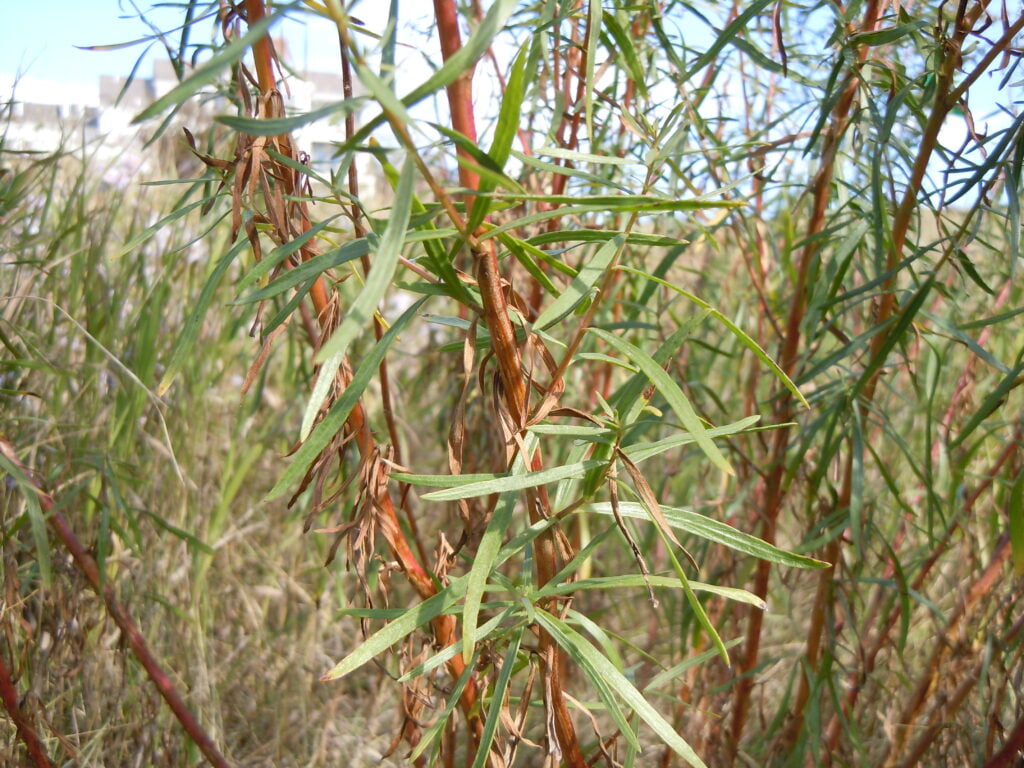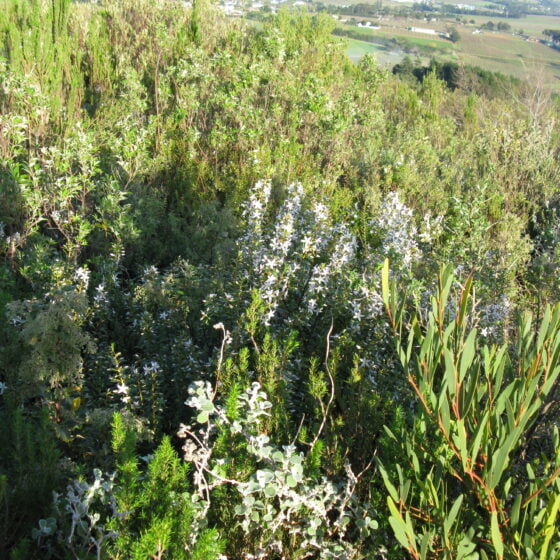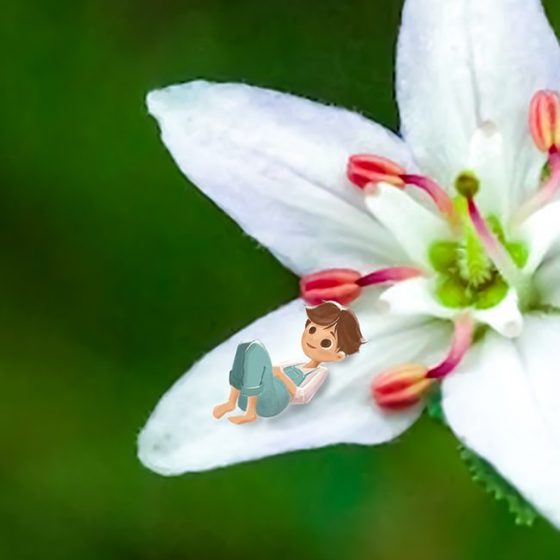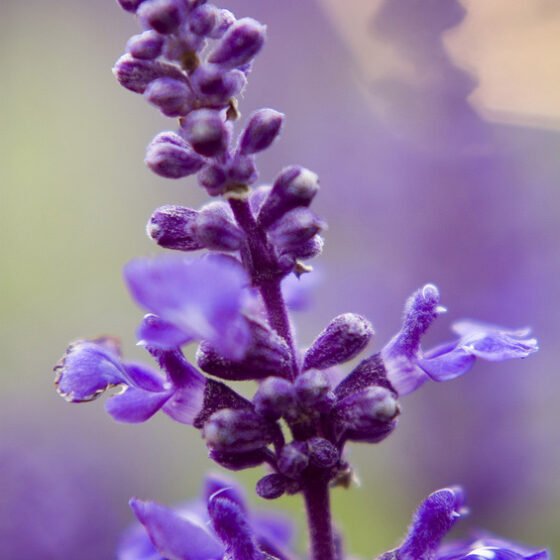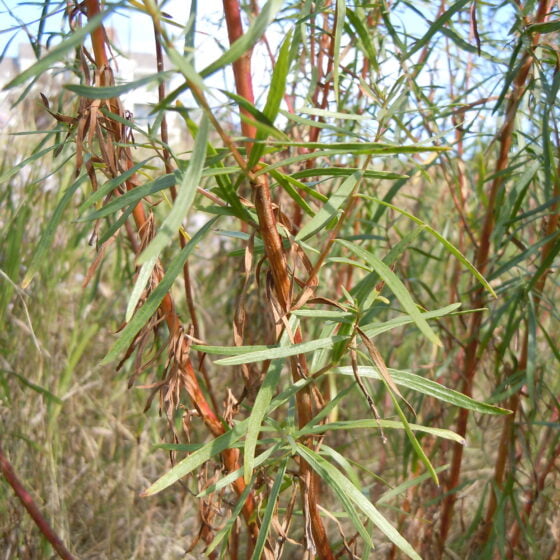
Tarragon Hungary
Artemisia dracunculus
General data
Harvest Calendar
- J
- F
- M
- A
- M
- J
- J
- A
- S
- O
- N
- D
Product details Fragrance side
Tarragon can be used at the heart of citrus accords to give them a gourmet and aromatic facet. Within a fruity accord, fresh and natural notes will develop. Essential oil finds its place at the heart of the reconstitution of aniseed notes through its licorice and menthol facets.
About
Cultivated for its aniseed-flavored leaves, tarragon is an aromatic plant that is very popular in French and Chinese cuisine. A perennial, deciduous plant, tarragon forms a small bush with straight, branched stems. The bright-green leaves are narrow and pointed. Light-green flowers are grouped in loose clusters at the top of the stems. The plant does not produce fertile seeds; reproduction is therefore vegetative: The fibrous roots of the tarragon plant are divided and replanted in small segments between February and March. The harvest takes place in June; a second harvest can be conducted in September. The plants are cut short and then distilled. The plant has a productive lifespan of up to three years and then must be renewed. The Hungary quality has a freshness not found in the France quality, which is earthier.
Called “dragon sagewort,” among other lively names in many languages, tarragon a highly mystical etymology. Its English common name, tarragon, is most likely from the Arabic word tarkhun, meaning “little dragon.” The species name also refers to this symbol: dracunculus in Latin means “little dragon” or “serpent.” Apparently it is the shape of the leaves, resembling a reptilian tongue, that inspired the names. The name of the genus, Artemisia, comes from the name of the Greek goddess Artemis. Tarragon is a native herb of Central and Eastern Europe. It grows in the wild in Russia, China, and North America.
Fragrance side
Tarragon can be used at the heart of citrus accords to give them a gourmet and aromatic facet. Within a fruity accord, fresh and natural notes will develop. Essential oil finds its place at the heart of the reconstitution of aniseed notes through its licorice and menthol facets.
About
Cultivated for its aniseed-flavored leaves, tarragon is an aromatic plant that is very popular in French and Chinese cuisine. A perennial, deciduous plant, tarragon forms a small bush with straight, branched stems. The bright-green leaves are narrow and pointed. Light-green flowers are grouped in loose clusters at the top of the stems. The plant does not produce fertile seeds; reproduction is therefore vegetative: The fibrous roots of the tarragon plant are divided and replanted in small segments between February and March. The harvest takes place in June; a second harvest can be conducted in September. The plants are cut short and then distilled. The plant has a productive lifespan of up to three years and then must be renewed. The Hungary quality has a freshness not found in the France quality, which is earthier.
Called “dragon sagewort,” among other lively names in many languages, tarragon a highly mystical etymology. Its English common name, tarragon, is most likely from the Arabic word tarkhun, meaning “little dragon.” The species name also refers to this symbol: dracunculus in Latin means “little dragon” or “serpent.” Apparently it is the shape of the leaves, resembling a reptilian tongue, that inspired the names. The name of the genus, Artemisia, comes from the name of the Greek goddess Artemis. Tarragon is a native herb of Central and Eastern Europe. It grows in the wild in Russia, China, and North America.
Other type of extracts
(Aromatic)
